How to Write a Dissertation Abstract


When writing any kind of paper, be it a thesis, a dissertation, or a research paper, a student always needs to involve an abstract. If you are going to start creating it, but don’t know how to, you will find lots of useful information on this page. First, let’s start with the definition of this term.
A dissertation abstract is a short overview of larger research. It is a brief outline of the whole work, which allows the reader to discover what the paper is about. It is usually written at the very end after completing the whole research. There are 4 essential pieces of information it should contain:
Generally, the text should consist of 150-300 words, but usually, there is an exact word number, so mention your university’s requirements. It should be written on a separate page, placed after the title, but before the contents. To write a dissertation abstract, it will be beneficial for you to read a few examples of abstracts. The dissertation abstract should be placed after the citation, so start writing a citation first. A citation should consist of:
This preliminary stage will determine the success of the task itself. The better you understand how you will expose the data, the easier it will be to compose this small piece. In general, you to take into consideration the following things:
Note that each part should consist of a couple of sentences. Making it short but informative is crucial. So, be very careful picking the terms. Select those words that allow you to express your idea in the most precise manner.
For students, who have no idea what to start with, we developed a universal instruction. These pieces of advice will help you write it easily and without wasting much time and effort. Let’s get started with creating your perfect abstract.
If you haven’t done it yet, it’s a perfect time to start. Creating a summary will make your abstract look well-organized. Here are some pieces of advice for that:
Look through your text and make some adjustments to make it look coherent and readable by anyone. Bear in mind that you are not only summing up your thoughts but also writing the justifications you give in your custom dissertation in other words.
To do this, you should understand what points should be included according to your field of study. Of course, there are universal ones, but it doesn’t always work out. Each discipline has some specific pieces of information to be involved. Let’s get acquainted with the most popular ones:
Maximally shorten your text to make it look brief and well-readable. Cut it down up to the required word count. But the word count depends on a certain university, so check it out on the Internet or ask your advisor. It should be laconic, as the reader is going to just get acquainted with the key points of your dissertation, not the whole research. Note! Don’t include any new ideas in the abstract. Make sure it contains only the ideas, which are present in your dissertation.
Double-check the abstract for containing all the necessary information from your dissertation. Check it twice to be confident you haven’t missed any crucial points. Remember, they are specified according to the field of study. Your abstract needs to include dissertation aims, how you conducted the investigation, final accomplishments, the perspectives for the further scientific investigations on this topic.
Imagine you are not acquainted with the topic at all. Does your abstract provide enough information to understand it? Does it cover all the key points and ideas? Include all the necessary information so that the readers got acquainted with your issue. But it’s unnecessary to overwhelm the reader with the information you provided. Let it be laconic but well-readable for everyone.
Be certain the text you wrote corresponds to the specifications of your dissertation writing format. Use only plain text; it is not allowed to use bullets, footnotes, graphics, etc. in your abstract.
So, where does the abstract go in a dissertation, which is the proper location? The abstract is usually located after the introduction and before the table of contents. Most people will start reading the thesis paper from this part. That’s why a good abstract is a super-concise version of the entire work. Make it successful, and you’ll get the audience!
If you find yourself swamped with numerous assignments or writing isn't your forte, our service provides the ideal solution.
Rest assured, we're here to simplify your life and take the burden off your shoulders.
 Order Now
Order Now
Full Dissertation
Introduction
Dissertation Abstract
Dissertation Proposal
Dissertation Editing
Dissertation Proofreading &Dissertation Formatting
